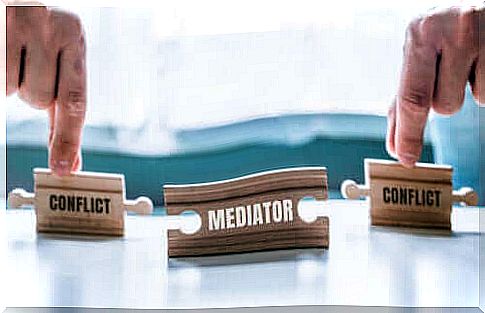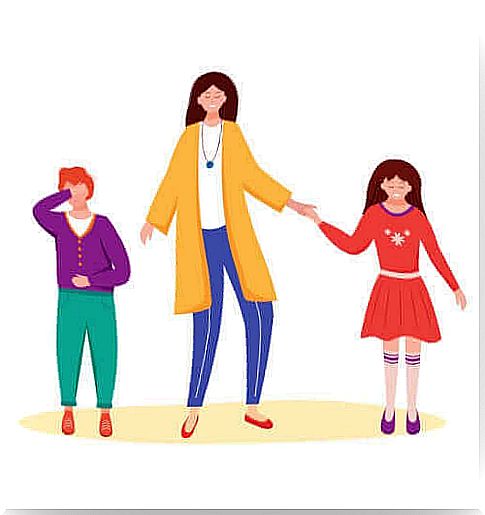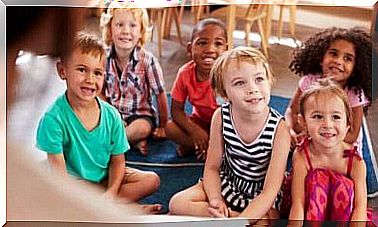Conflict Management Through Mediation – Being Parents

It is important that children are able to resolve conflict situations and cope with the problems of daily life without resorting to violence. That is why, in this article, we will discuss the subject of conflict management through mediation.
This conflict resolution strategy allows problems to be analyzed, regulated and resolved in a peaceful, constructive and cooperative manner. This is very beneficial for the social development of the youngest, because, from the first years of their life, they learn to live with others in a positive way.
Conflict management through mediation
According to Juan Carlos Torrego, Doctor of Education, mediation can be defined as:

Based on this definition, we can say that this conflict resolution technique is characterized by the existence:
- From the will of the two opposing parties.
- From a will and an effort of both parties to communicate, understand each other and reach agreements.
- And the intervention of a person outside the conflict, who plays the role of mediator.
The mediator therefore performs the following functions:
- Control the entire process, without making value judgments and without taking final responsibility.
- Help the parties to understand each other, to negotiate and to resolve the conflict.
- Help affected parties identify and meet their interests and needs.
- Promote a pleasant, relaxed and confident atmosphere throughout the process.
- Help the parties express their opinions and develop their ideas.
- Suggest ways to reach an agreement, seeking the best possible solution for both parties.
Thus, both parties involved in the conflict are obliged to participate and actively engage in the search for a solution, managing to overcome the problem in a sound and diplomatic manner.
The phases of this process
In order to implement the mediation strategy, a number of phases must be followed. These phases are presented below:
1. Briefly explain what mediation is and present the rules to be assumed.
2. Decide who begins to present their point of view on the problem.

3. Tell what happened : each party describes the conflict situation and their thoughts and feelings about it. In this phase, the mediator must:
- Listen actively.
- Ensure that both parties speak assertively.
- Identify the most important aspects of the problem.
- Note the points of agreement and confrontation.
4. Clarify the conflict : the mediator must ask the questions he deems relevant in order to deepen and clarify the problem. At this stage, the objective is to arrive at a consensual view of the conflict, which should gather the opinions of each of the parties.
5. Propose solutions : A brainstorming session is organized during which the two parties involved propose different ways of resolving the conflict.
6. Reach an agreement : all proposals are evaluated, analyzing their advantages and disadvantages, with the aim of finding the most viable and beneficial solution for all.
7. Drafting of an agreement : a document is drafted clearly specifying the solution that has been agreed, so that the commitment of both parties involved is recorded.
8. Regularly review the agreement : finally, it is necessary to follow up and verify that the agreement is respected.









